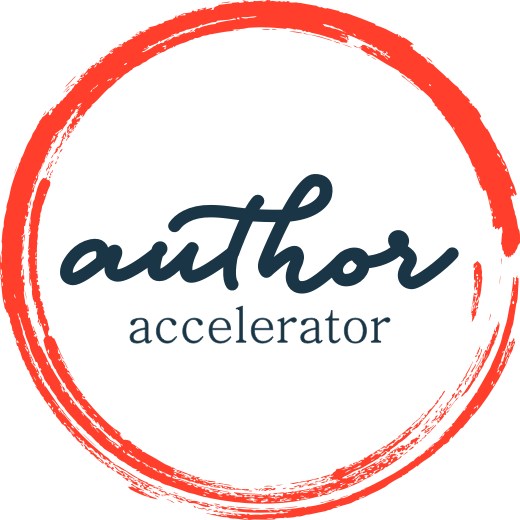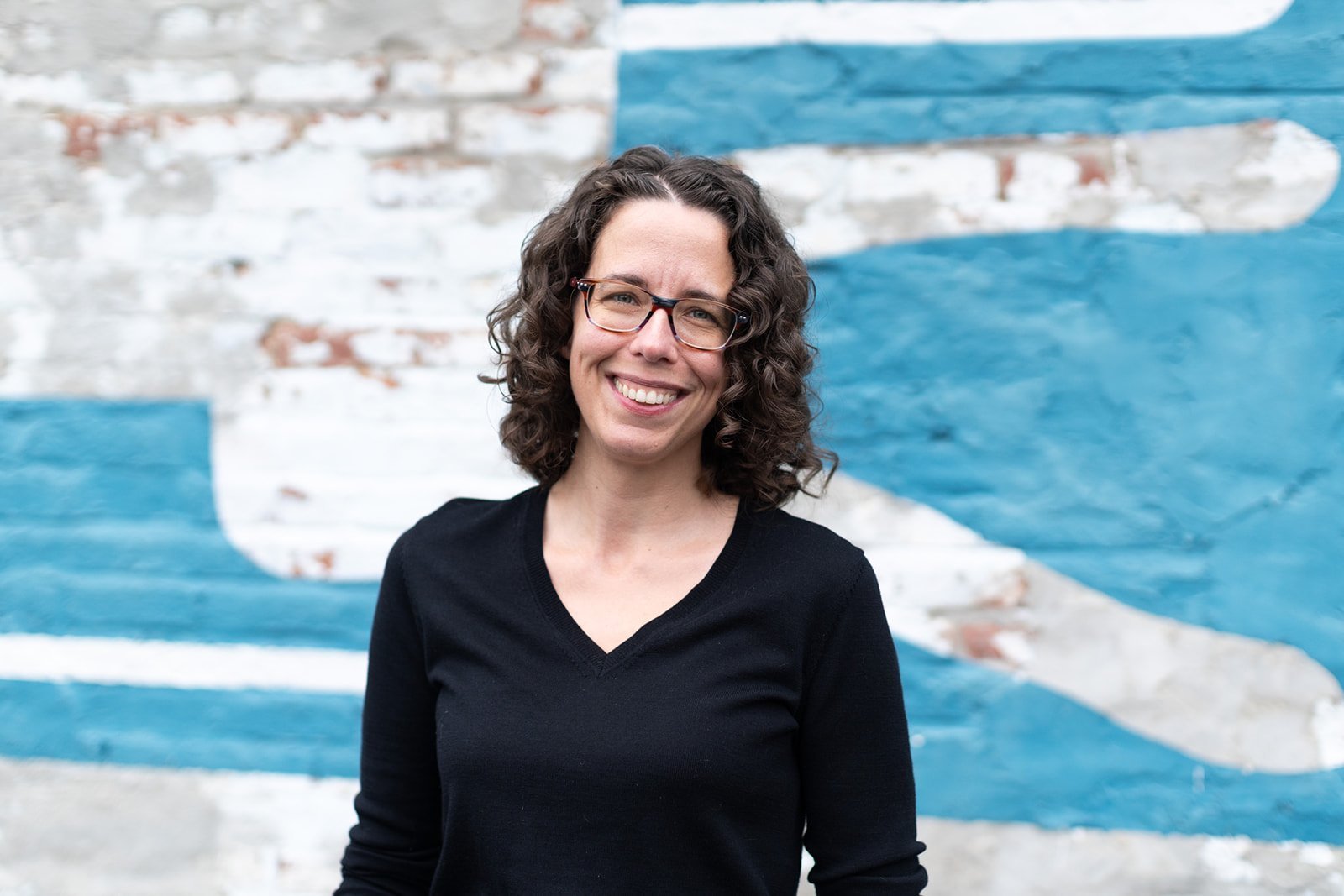Celebrating 10 Years of the Key Publishing Paths with Jane Friedman
This year marks the 10th year in a row that Jane Friedman has put out her one-page PDF on the key paths to publishing – a succinct yet comprehensive view of the publishing landscape. Jane has spent nearly 25 years working in the book publishing industry, with a focus on author education and trend reporting. The Key Publishing Paths has become a tool that is referenced and used by people all over the publishing universe, including teachers in university classrooms, instructors of online workshops, conference attendees, agents, editors, book coaches, writers contemplating new paths, writers evaluating existing paths, and curious onlookers.
Jennie Nash
CEO, Author Accelerator
I have been a fan since the very first iteration of the PDF because it offers an easy way to introduce the publishing landscape to writers who are new to the industry. It also gives those of us trying to keep up with all the industry changes an “at a glance” snapshot of what’s going on—and a reminder that things are always changing. I have used it with clients and in presentations and workshops every year since 2013.
To celebrate the 10th anniversary of Jane creating this resource, I asked her a few questions about The Key Publishing Paths.
JENNIE: You first published this in 2013. What was the impetus for making this resource and sharing it?
JANE: The year is important here, because it was a unique moment when you saw so much experimentation among traditional publishers and agents, as well as an explosion of service providers in the eBook/digital publishing space. By the early 2010s, it was no longer possible to discuss traditional publishing and self-publishing as your two options, or as straightforward paths, because so many variations were emerging. For instance, I was writing feature articles for Writer’s Digest about agent-assisted self-publishing, and Amazon launched a “white glove” program to support such efforts (which have mostly evaporated). And I was teaching classes on “instant publishing,” which is how I described getting an eBook up for sale in basically a few minutes at Smashwords, before the advent of Amazon KDP or wider eBook distribution.
So the chart was an effort to make sense of the chaos, and to help writers think about the increasing options available to them. In the end, that first version had a lot of flaws, and I ended up releasing a new one just six months later.
JENNIE: How many people downloaded it that year? And how many people download it now?
JANE: The download has always been freely available and untracked. So I don’t know! But over the last decade, that page has enjoyed visits in the six figures. It is by far the most popular thing I share.
JENNIE: You used to indicate a continuum from (moving left to right on the page) “less control” to “more control” and “less risk” to “more risk,” but that element fall off in 2016. Do you still see the information in that way?
JANE: Not really, with the possible exception of “control.” Authors typically have less control over packaging and pricing with traditional publishers and that’s baked into the contract. But if you self-publish, there are still many things you can’t control, like how Amazon works or behaves, how your book gets ordered or stocked through Ingram, and so on. There will be trade-offs no matter which way you go. That’s why it’s impossible to tell someone the “right” way to publish. It depends on your own strengths, your priorities for that book, and what you value most.
JENNIE: When we look at the sweep of the last ten years in the publishing industry—from when you first published the PDF in 2013 to now—we see an increasing number of options for writers, and therefore an increasing complexity. In general, do you feel like these changes have been beneficial to writers?
JANE: Yes. It may be more confusing at the outset, and there’s more to learn, but power has shifted toward the writer. Of course, with great power comes great responsibility! Fortunately, even if you end up going down the wrong path, I don’t think it’s a career-ending move. You’re rarely locked into the same path for the next project, unless you’ve signed a restrictive contract with a publisher. Even then, there are ways to trailblaze. Just look at Colleen Hoover. She started self-publishing and now works with multiple publishers, not just one. Brandon Sanderson both traditionally publishes and self-publishes. I self-publish and traditionally publish; I publish through social channels,etc. I don’t want to go back to the way it was.
JENNIE: You changed “Important Information” to “What to Watch For” in 2018, which has a slightly more “buyer beware” feel to it. Can you explain why you made that switch?
JANE: I started one-on-one business consulting with writers in 2014, and after several years of hearing up close and personal stories about people’s mistakes and misconceptions about publishing—and horror stories of time and money wasted—I suppose I shifted more into “warning” mode, which is not an uncommon stance for writers organizations and other helpers. Just see Victoria Strauss’s Writer Beware, hosted by the SFWA, established in 1998. It’s not a new phenomenon—there have always been predators—but I think it’s getting increasingly difficult to identify predators. More on this below.
JENNIE: You added “How the Money Works” in 2019—a topic you speak about a lot in your talks and in your book, The Business of Being a Writer. Writers don’t often like to think about money or talk about money—how much of an investment is it to write a book, how few people earn enough to make a living. Why do you think that is?
JANE: Some of it is the continuing taboo in publishing (and probably much of the arts) surrounding money—about talking transparently about money, advances, and how little books sell. If we admitted the truth, would we be seen as failures—especially in a culture that tends to measure self-worth by wealth accumulation? The big antitrust trial (DOJ vs PRH) lowered the curtain a bit and promoted some frank conversations about how publishers lose money or merely break even on the vast majority of books. It’s the outliers that really bring in the profits. But everyone likes to think they will be the exception—and maybe some like to preserve that hope? My goal is to reduce people’s expectations for writing and publishing, to avoid disappointment and a lot of wasted time and energy. For publishing in particular, to make the right decision, you need to think about financial risk and how much financial risk you’re willing to undertake. (And the time you spend is part of that risk. Time is money in this equation.)
JENNIE: How do you keep adding things and keep it to one page?
JANE: Ha! I’m a master at cutting and simplifying. And let’s be honest, the type size is quite small. That’s the biggest complaint I get about the chart.
JENNIE: And toward that end, what is your process for updating this resource every year? Do you think about the changes you want to make over time or complete the updates in one fell swoop?
JANE: I make the updates in one fell swoop. Early on, I only issued updates when I felt there was a pressing need to do so or my views shifted on how it should be structured. But I discovered that if I only updated it when I felt like it or saw a good reason to do so, people would proactively email me and ask if it was still current, or when I would update it next.
JENNIE: What’s the most unusual response you’ve had to The Key Publishing Paths?
JANE: I’m continually amazed when an executive at a traditional publishing company takes offense that I haven’t listed their particular company. I mean, this isn’t a directory of publishers, a Writer’s Market or something. I can’t list everyone! Once I was also surprised when someone who offers a very unique publishing service asked if I would include a category just for them, a category of one.
JENNIE: Which elements of The Key Publishing Paths inspire the most debate?
JANE: No contest. Hybrid publishing. Every single time a release is updated (and even at other times), I hear from hybrid publishers that they’re unhappy with how they’re described or categorized. They think it’s unfair that I don’t describe them as more advantageous or that I lump them in with other paid publishing services.
The problem is that there are countless predators calling themselves hybrids, and the average person who’s new to the publishing industry cannot possibly filter out the good from the bad, or distinguish them from companies that can do a fine job but don’t meet some criteria of what a hybrid does. No one is policing the term “hybrid,” and it’s not realistic to tell authors that hybrids work out great if you can only find a “good” one. There is no qualified, vetted list of hybrids anywhere. So we have to live with the messy reality that some hybrids are predators and warn authors accordingly. These companies charge thousands of dollars, often in the five figures. I take my responsibility here very seriously; if I don’t throw up a flag, I’m doing authors a disservice.
I’d also argue that some assisted publishing services are preferable to hybrids, and authors need to be considering both once they decide they want to pay a company to help them get their book to market. Hybrid is not innovative, in my view, and doesn’t deserve special status. It’s expensive and for a privileged few who tend to be concerned about one thing in most cases: bookstore placement and industry buy-in. A “good” hybrid can accomplish that, but we’re talking about a very specific outcome that costs a lot of money to achieve. Some authors with a traditional publishing background have been partnering with hybrid publishers in an attempt to attain or maintain prestige or status—as a way to “beat” the traditional system. This gets baked into the marketing of some hybrids, and I’m not a fan of it.
JENNIE: If you had to take a wild guess about what this will all look like 10 years from now, what would you say?
JANE: I wouldn’t be surprised to see a column dedicated to audio, given its growth and some of the untapped potential in audio-first storytelling. I’m also curious to see how much app-based storytelling grows, such as Wattpad, Yonder, Webtoon, Vella, and so on. Those services saw a lot of growth during the pandemic which has slowed down. But if younger people really like that model of reading and writing, I could see it as a common first step for emerging storytellers. I don’t think traditional publishing is going away by any means, but I do wonder if it becomes more of an add-on rather than the main show—so print book rights as a subsidiary right! Can you imagine? I can.
Jane Friedman has spent nearly 25 years working in the book publishing industry, with a focus on author education and trend reporting. She is the editor of the Hot Sheet, the essential publishing industry newsletter for authors, which was named 2020 Media Outlet of the Year by Digital Book World. Her latest book is The Business of Being a Writer (University of Chicago Press), which received a starred review from Library Journal. In addition to serving on grant panels for the NEA and the Creative Work Fund, she works with organizations such as the Authors Guild to bring transparency to the business of Publishing. Download her one-page PDF on the key paths to publishing.
Stay up to date with Jennie Nash and Author Accelerator! Click the button below to subscribe to our newsletter and get writing and book coaching conversations delivered right to your inbox.





